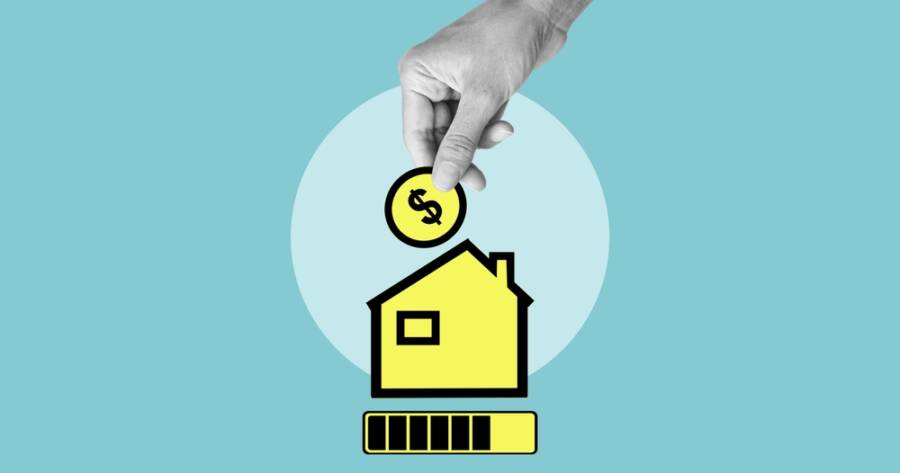Mortgage refinancing can be a smart financial move for homeowners seeking lower interest rates, shorter loan terms, or better loan structures. The rate you secure plays a major role in your overall savings and long-term strategy. With careful timing and preparation, refinancing can open the door to improved monthly cash flow and greater financial flexibility.
What Are Mortgage Refinance Rates?
Mortgage refinance rates are the interest rates applied to a new loan used to pay off an existing mortgage. When homeowners refinance, they essentially replace their current mortgage with a new one, typically to take advantage of lower rates, shorten or extend the loan term, or switch from an adjustable-rate to a fixed-rate mortgage (or vice versa). The rate on the new loan directly affects the cost of borrowing and the overall savings or costs associated with refinancing.
Factors Influencing Refinance Rates
Several factors influence mortgage refinance rates, including:
- Market Conditions: Refinance rates are heavily influenced by broader economic factors, such as inflation, Federal Reserve policies, and overall economic growth. When the economy is strong, rates tend to rise; when the economy is weak, rates often fall as the Federal Reserve adjusts monetary policy to stimulate borrowing and spending.
- Credit Score: A borrower’s credit score is a critical factor in determining refinance rates. Lenders view higher credit scores as an indicator of lower risk, often resulting in more favorable rates. Conversely, lower credit scores can lead to higher rates or even difficulty securing a refinance loan.
- Loan-to-Value Ratio (LTV): The LTV ratio measures the amount of the loan compared to the appraised value of the home. A lower LTV ratio suggests less risk for lenders, as it indicates more equity in the home, which can lead to better rates. Borrowers with high LTV ratios may face higher rates or additional requirements, such as private mortgage insurance.
- Loan Type and Term: The type of loan (e.g., fixed-rate vs. adjustable-rate) and the loan term (e.g., 15-year vs. 30-year) also affect refinance rates. Typically, shorter-term loans have lower rates but higher monthly payments, while longer-term loans offer higher rates but lower monthly payments.
- Economic Indicators: Indicators such as unemployment rates, housing market trends, and bond yields also influence refinance rates. Lenders keep a close eye on these indicators to adjust rates in response to changing economic conditions.
Benefits of Refinancing
Refinancing can offer several benefits for homeowners, including:
- Lower Monthly Payments: By securing a lower interest rate or extending the loan term, homeowners can reduce their monthly mortgage payments, freeing up cash for other expenses or investments.
- Reduced Interest Costs: Refinancing to a lower rate can significantly reduce the total interest paid over the life of the loan, resulting in substantial long-term savings.
- Shortening the Loan Term: Some homeowners choose to refinance into a shorter-term loan, such as moving from a 30-year to a 15-year mortgage. This can lead to higher monthly payments but a faster payoff and lower total interest costs.
- Switching Loan Types: Refinancing allows homeowners to switch from an adjustable-rate mortgage (ARM) to a fixed-rate mortgage, providing the stability of consistent payments, or vice versa if they prefer the initial lower rates of an ARM.
- Accessing Home Equity: Cash-out refinancing allows homeowners to tap into their home equity, using the funds for purposes such as home improvements, debt consolidation, or other financial needs.
Tips for Securing the Best Refinance Rate
To secure the best possible refinance rate, homeowners should consider the following tips:
- Improve Your Credit Score: Before applying for a refinance, work on improving your credit score by paying down debt, making payments on time, and correcting any errors on your credit report.
- Shop Around: Compare rates from multiple lenders, including banks, credit unions, and online lenders. Rates can vary significantly, so shopping around can help you find the best deal.
- Consider Closing Costs: Refinancing comes with closing costs, which can include appraisal fees, origination fees, and other expenses. It’s essential to factor these costs into your decision, as they can offset the savings from a lower rate.
- Lock in Your Rate: Once you find a favorable rate, consider locking it in to protect against potential rate increases before your loan closes.
Making the Most of Mortgage Refinance Opportunities
Understanding mortgage refinance rates and the factors that influence them is key for homeowners considering refinancing. By staying informed about current rates, improving financial health, and shopping around, homeowners can make strategic decisions that enhance their financial stability and long-term savings. Whether the goal is to lower monthly payments, reduce interest costs, or access home equity, refinancing can be a valuable tool when approached with careful planning and consideration.
